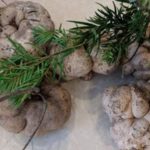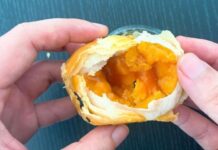The pine tree, with its high economic and aesthetic value, is also a symbol of the New Year for Western countries. Here are some interesting facts about pine trees that we believe you will enjoy.
1 What is a Pine Tree?
Origin and Significance of Pine Trees
Pine trees, or Xà Xú trees (Pinus kesiya), belong to the pine family, along with cedar trees. They have fragrant resin and distinctive pyramidal foliage. Pine trees are mainly found in tropical and frigid climates.
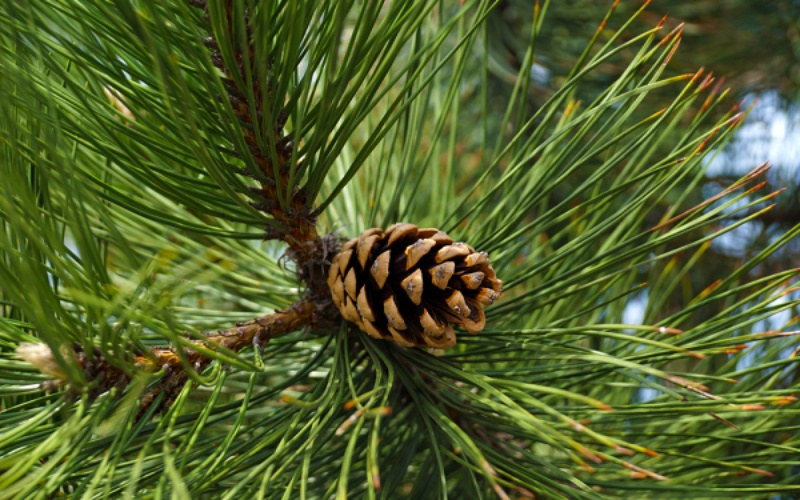 What is a Pine Tree?
What is a Pine Tree?
Feng Shui Significance of Pine Trees
Pine trees can live from 100 to 1000 years and symbolize longevity. Having a pine tree near your house is believed to promote the health and longevity of family members.
Additionally, pine trees represent strength, inner power, and perseverance. In European countries, pine trees endure frigid and snowy conditions year-round yet remain resilient and vibrant, symbolizing tenacity, steadfastness, and pride.
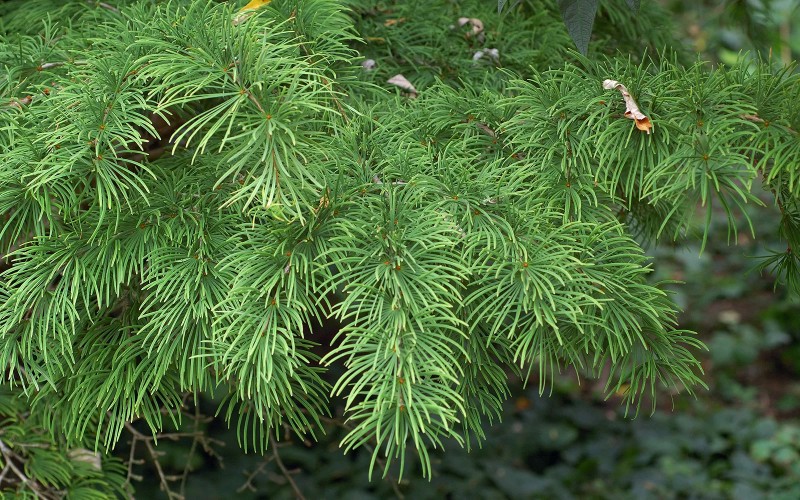 Feng Shui Significance of Pine Trees
Feng Shui Significance of Pine Trees
Characteristics and Classification of Pine Trees
Characteristics of Pine Trees
Pine trees are tall, straight trees with an average height of 30-35 meters. Their trunks are round and contain a lot of resin. The bark is thick, reddish-brown or brown, and has longitudinal cracks.
True to their name, pine trees have needle-like leaves that are either strap-shaped or scale-like, arranged in a spiral pattern or clustered at the ends of branches. The leaves feel rough, sharp, and stiff to the touch. They are a deep green color and range from 15 to 25 centimeters in length.
Pine cones typically mature in two years, and when ripe, they become woody and produce seeds. The seeds are enclosed in a flat, oval-shaped cone with thin wings measuring 1.5 to 2 centimeters in length.
Pine wood is soft, lightweight, and ranges in color from yellow to orange or light brown. It is commonly used in construction, match production, electrical poles, handicrafts, and furniture.
 Characteristics of Pine Trees
Characteristics of Pine Trees
Types of Pine Trees in Vietnam
Three-Needled Pine Tree
This is the most common type of pine tree in Vietnam, mainly found in the Lang Biang Plateau in Da Lat, Lam Dong Province. The three-needled pine is a large tree with three needles attached to the same branch, giving it its name.
Its needles are 20 to 30 centimeters long, deep green in color, and have a distinctive pungent resin. Therefore, they are not used for resin extraction but are primarily used for handicrafts and furniture. They are also used as a raw material for paper production.
 Three-Needled Pine Tree
Three-Needled Pine Tree
Five-Needled Pine Tree
This is a woody plant with needle-like leaves that grow in clusters of five, each needle measuring 15 to 30 centimeters in length. The cones of the five-needled pine tree are 8 to 10 centimeters in size, and the seeds vary in size.
This type of pine tree is very rare in Vietnam and can be found in the Hang Kia – Pà Có nature reserve in Mai Chau, Hoa Binh Province.
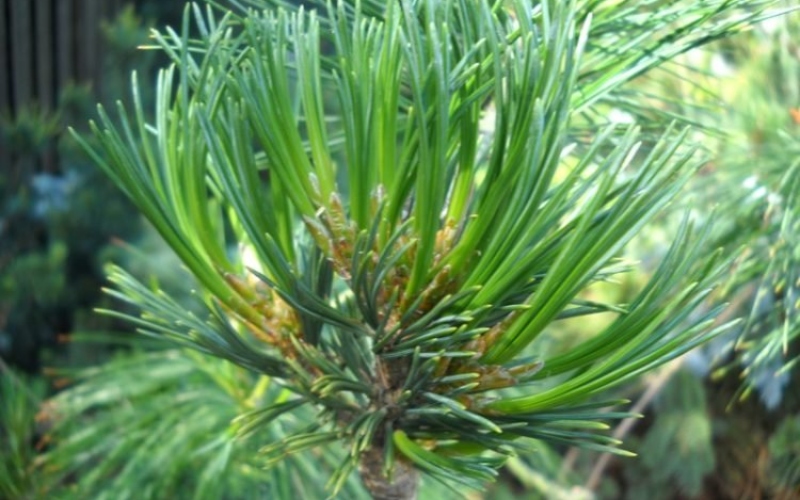 Five-Needled Pine Tree
Five-Needled Pine Tree
Da Lat Pine Tree
The Da Lat pine tree is characterized by its tall and large trunk, often exceeding 35 meters in height and 50 to 80 centimeters in width. Each branch of the Da Lat pine tree has five distinctive needle-like leaves, growing in clusters and ranging from 30 to 40 centimeters in length, with serrated edges. These trees are mainly cultivated for their wood, which is used for household and furniture items.
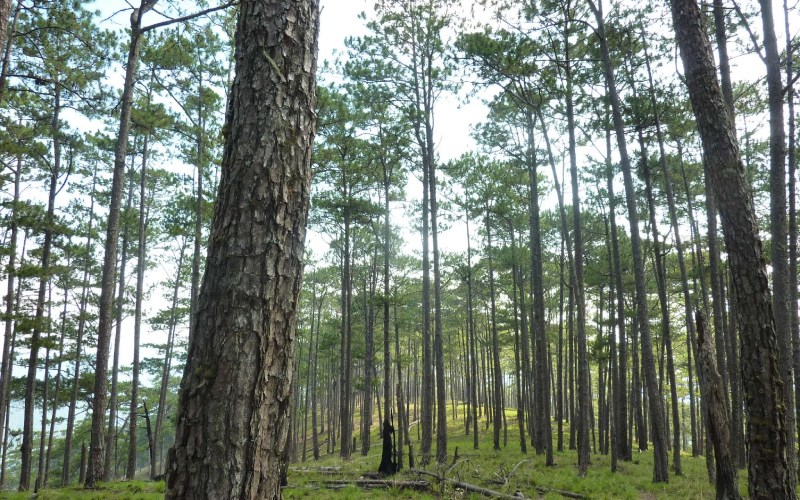 Da Lat Pine Tree
Da Lat Pine Tree
2 Benefits of Pine Trees
Due to their aesthetic appeal, pine trees are often cultivated as ornamental plants. In European countries, it is customary to decorate pine trees with ornaments during Christmas and display them indoors.
Smaller pine trees with attractive shapes are also suitable for table decorations. With their refreshing green color, beautiful needles, and natural pyramidal shape, pine trees can enhance the ambiance of living rooms, dining rooms, and office lobbies.
Additionally, pine resin is used to produce essential oils and incense. These are raw materials for the production of various types of paints. Pine wood is durable, fragrant, and ideal for crafting household items.
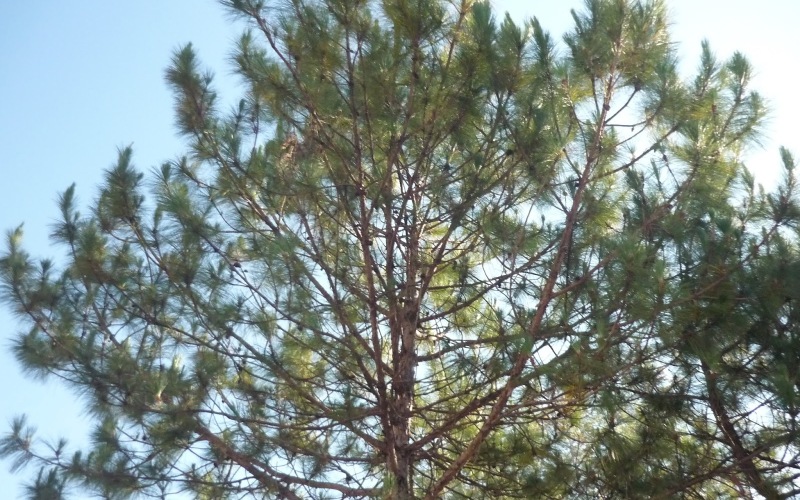 Benefits of Pine Trees
Benefits of Pine Trees
3 How to Grow and Care for Pine Trees
How to Grow Pine Trees at Home
Digging and Transplanting
The best time for digging and transplanting pine trees is from December to February of the following year. It is recommended to keep the surrounding soil intact when transplanting. Use a saw or scissors to trim damaged roots, then apply glue to prevent sap leakage and water absorption.
Soil Type
Use sandy or gravelly soil from mountains or hillsides. When planting, pack the soil tightly and water sufficiently.
Shaping
The ideal time for shaping pine trees is when they have been growing in pots for 1-2 years, from December to February of the following year, or in October-November.
Shaping should be done when the tree’s apex is mature, and new leaves are about to emerge. Ensure that the pot is not overly wet. It is advisable to place the tree in direct sunlight for several days (if watering, only mist the leaves) to prevent branch swelling and promote resin thickening and trunk flexibility.
 How to Grow Pine Trees at Home
How to Grow Pine Trees at Home
How to Care for Pine Trees
Watering
Pine trees are drought-tolerant and sun-loving. Therefore, moderate watering is sufficient, and the trees should be placed in a sunny location. If used as indoor decorations, expose them to sunlight once every five days.
Only water when the potting mix feels dry.
Fertilization
Autumn is the best season for fertilization. Avoid using chemical fertilizers as they can alter the soil’s pH and reduce beneficial microorganisms.
Instead, opt for natural organic fertilizers such as soaked manure water, rice washing water, and oil cakes.
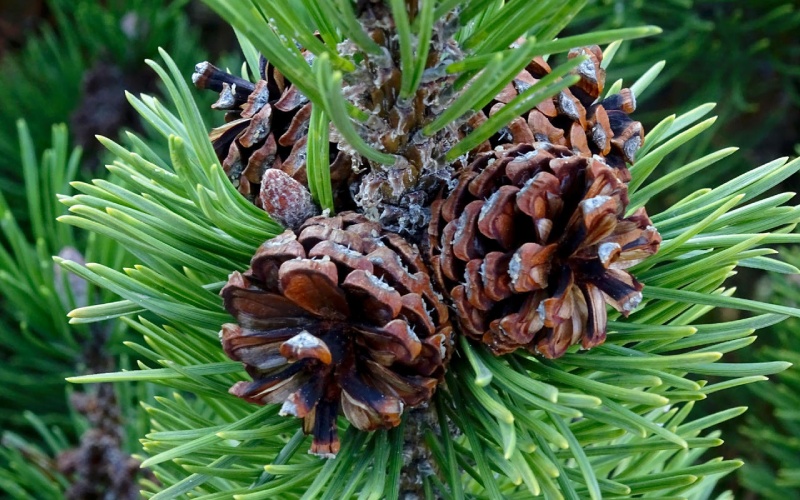 How to Care for Pine Trees
How to Care for Pine Trees
Notes on Growing and Caring for Pine Trees
Pine trees have a slow growth rate, so it is common to purchase mature trees for planting. Dig up the trees during the winter when they are dormant. After transplanting, keep the trees in a shady area and mist them with water.
Select a planting site with sandy or gravelly soil, or soil from hillsides, to ensure proper drainage. If possible, use soil from the area where the tree was originally growing. Avoid fertilizing newly planted trees, especially with chemical fertilizers. You can apply organic fertilizers around the tree’s base during autumn.
Choose a spacious location with indirect sunlight for planting pine trees.
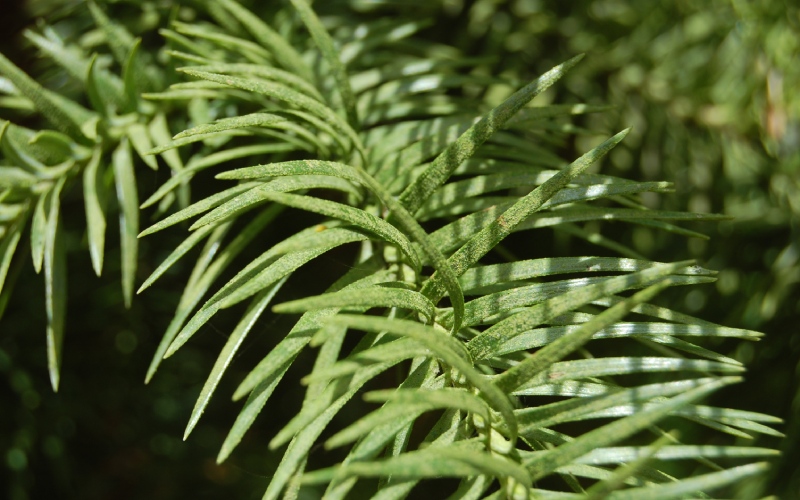 Notes on Growing and Caring for Pine Trees
Notes on Growing and Caring for Pine Trees
4 5 Beautiful Images of Pine Trees
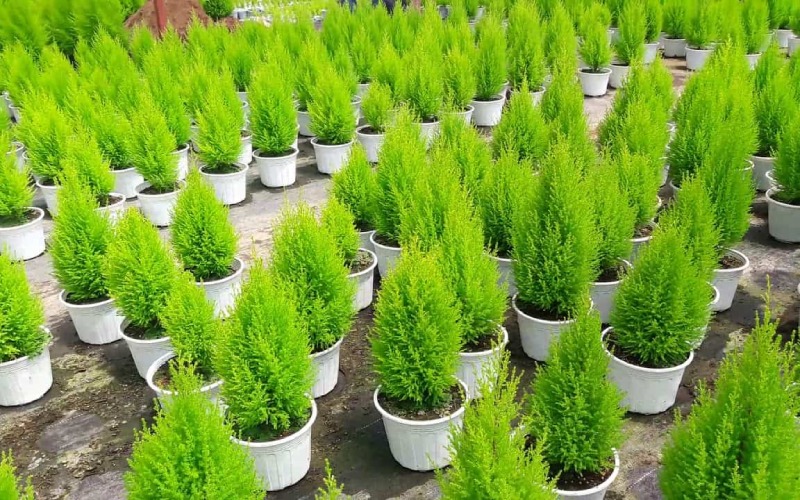 Pine Tree Seedling in a Pot
Pine Tree Seedling in a Pot
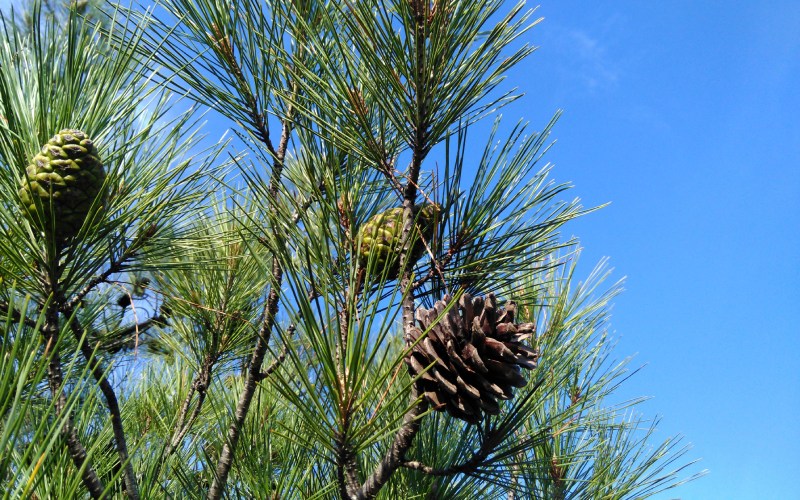 Pine Tree Seeds
Pine Tree Seeds
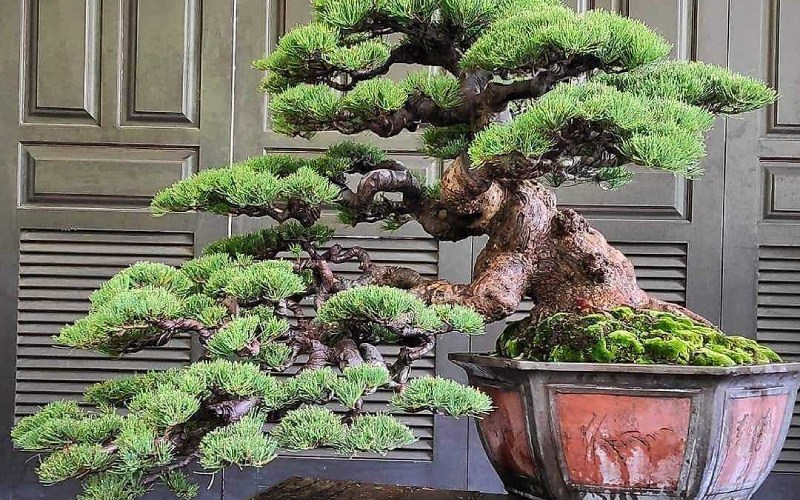 Pine Tree Styled as a Bonsai
Pine Tree Styled as a Bonsai
 Pine Tree as an Ornamental Plant
Pine Tree as an Ornamental Plant
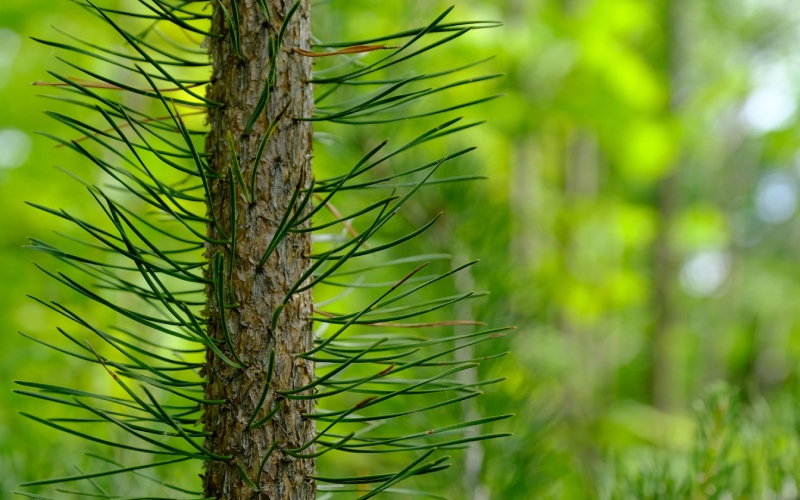 A Branch of a Pine Tree
A Branch of a Pine Tree
Now you know more about pine trees and the fascinating facts surrounding them. We hope you enjoyed these insights and will continue to follow our upcoming articles!
Researchers Chase the ‘Elixir of Life’: Investigating the Potential of the Tree Top Mushroom
The incredible capabilities of the Lingzhi Mushroom have made it an invaluable resource. Highly sought after for its alleged healing powers, this rare fungus is found growing on tree trunks and branches around the world. Popularly referred to as a “miracle drug,” the Lingzhi Mushroom is believed to offer a variety of health benefits. Keep reading to discover the wonders of this remarkable mushroom!

























